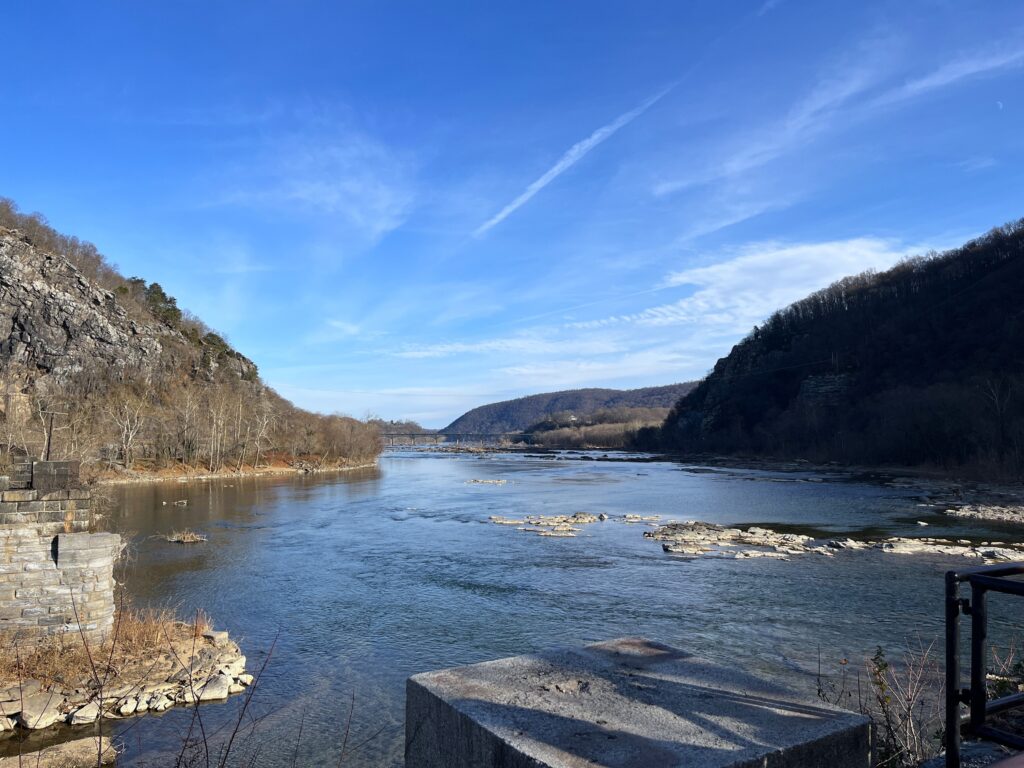Encore: Halloween, Inside Appalachia
This week, just in time for Halloween, a suite of spooky tales to make your skin crawl. Also, tales of the supernatural. And, ghost stories galore.
Continue Reading Take Me to More News
Several northern Virginia segments of the Shenandoah River — some of which border West Virginia’s Eastern Panhandle — report significantly elevated levels of E. coli, an environmental nonprofit announced last week.
E. coli is a bacteria that can cause “diarrhea, urinary tract infections, pneumonia, sepsis and other illnesses,” according to the U.S. Centers for Disease Control and Prevention (CDC). The bacteria is often found in the intestines of humans and animals, and can enter waterways through farmland runoff, sewage overflow and other means.
On July 2, the Friends of the Shenandoah River found that 12 Virginia segments of the Shenandoah River and its watershed had high levels of E. coli that warrant added precautions from visitors.
Most notably, a site on Hawksbill Creek in Page County, Virginia recorded E. coli levels nearly 350 times higher than what the U.S. Environmental Protection Agency (EPA) deems safe for water recreation areas used by humans.
Several of the sites that reported elevated E. coli levels are located in counties that border West Virginia. That includes three sites in Clarke County, Virginia, which borders Jefferson County, as well as three sites in Shenandoah County, Virginia, which borders Hardy County.
According to the Friends of the Shenandoah River, visitors should exercise caution around these portions of the river until reported E. coli returns to a safer level.
That includes avoiding swimming in the surrounding waterways after rainfall, never drinking directly from the river, bathing after coming into contact with river water, avoiding visibly dirty water and following local fish consumption advisories.
For more information, visit the nonprofit’s website.